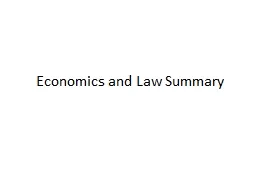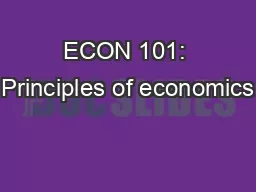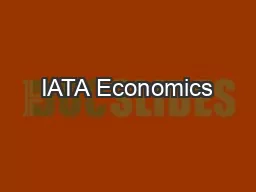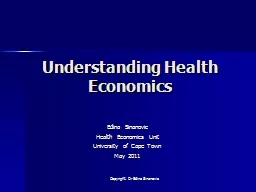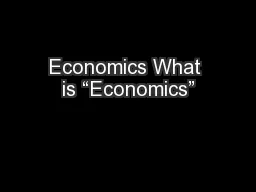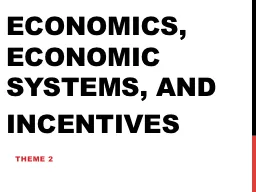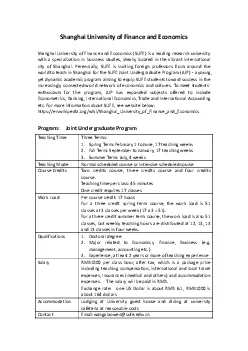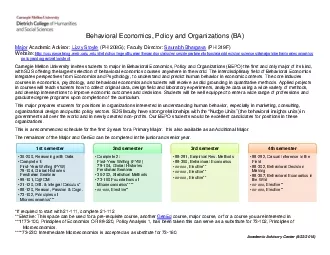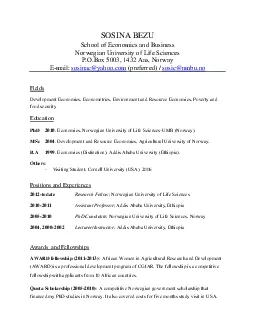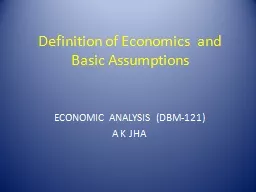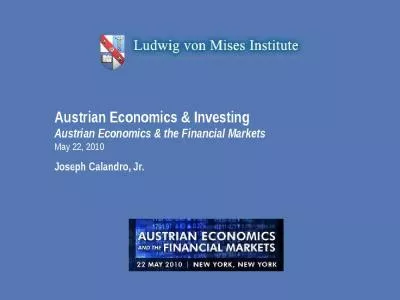PPT-Economics and Law
Author : danika-pritchard | Published Date : 2017-12-04
S ummary Prisoners dilemma Two prisoners are arrested on suspicion of planning a robbery The police tell them separately if neither confesses one year each for gun
Presentation Embed Code
Download Presentation
Download Presentation The PPT/PDF document "Economics and Law" is the property of its rightful owner. Permission is granted to download and print the materials on this website for personal, non-commercial use only, and to display it on your personal computer provided you do not modify the materials and that you retain all copyright notices contained in the materials. By downloading content from our website, you accept the terms of this agreement.
Economics and Law: Transcript
Download Rules Of Document
"Economics and Law"The content belongs to its owner. You may download and print it for personal use, without modification, and keep all copyright notices. By downloading, you agree to these terms.
Related Documents

